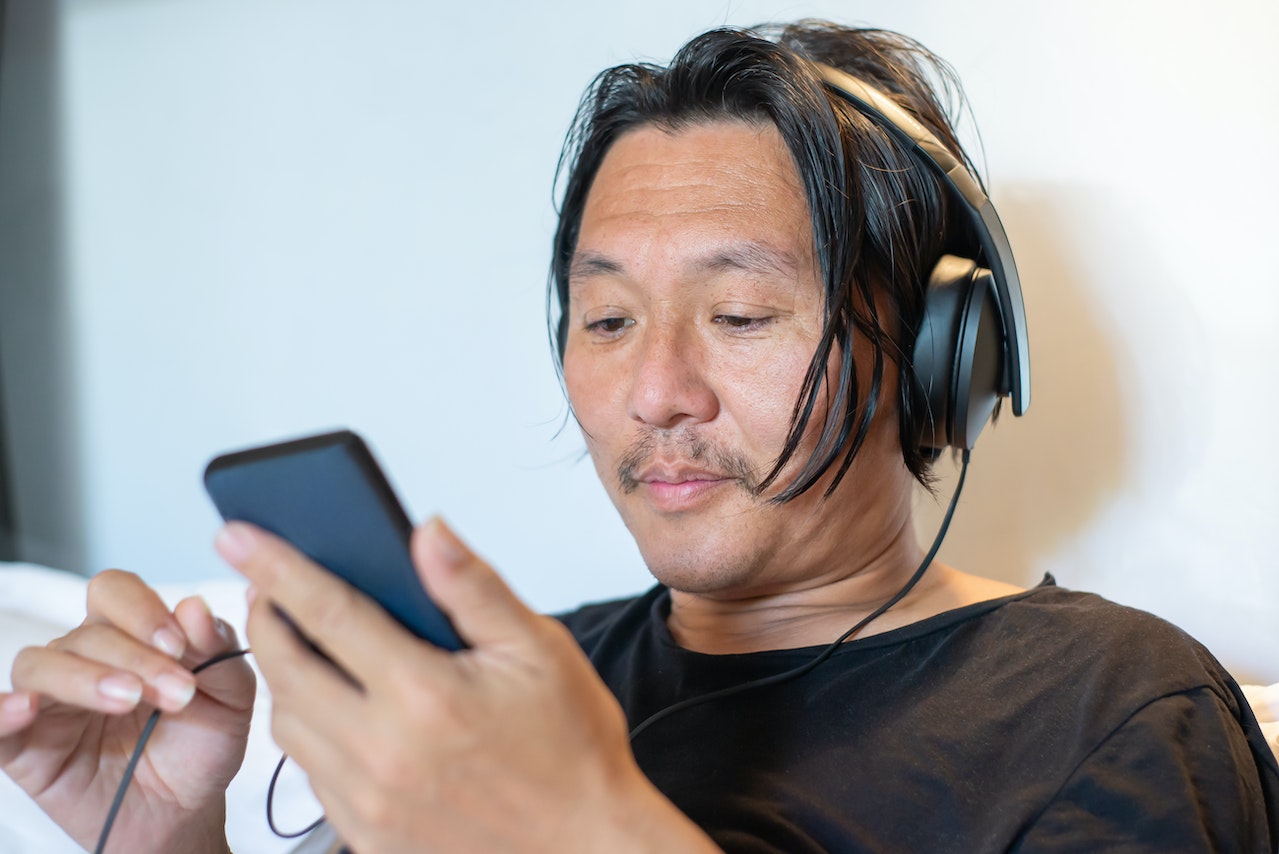Essentials
Podcasting Essentials
Related articles:
To create an exciting show, you need to have exceptional guests. Sometimes, though, the perfect person can’t make it to your studio. Thankfully, you don’t have to be in the same room to create a great audio experience! Remote podcast recording is a popular option for interviewing people across the country and around the world. However, for the best results, you need a great set up, or a few tricks up your sleeve. Read on for info about both.

Getting the Best Audio
To create a professional show, you should considering investing in audio equipment. A studio mic, such as the Shure SM7b, will ensure that your voice sounds clean and crisp–there are definitely less expensive microphones you can look at, too! Other great things to grab include a pop filter and a boom mount. These tools promote clear, consistent audio and can catch some of your plosives.
No studio? No problem. You can cheat by recording in a room full of soft furniture. Beds, couches, and carpet will absorb ambient sound and prevent echo.
Once your own setup is ready, you need to prep your guest. With a few easy strategies, your guest can sound like they’re in their own home studio. Like your own setup, you should encourage your guest to use a soft room. If they have a walk-in closet, that’s ideal, but a bedroom also works!
Of course, you’ll have less control over your guest’s gear, unless you want to do what some serious podcasters do, and send them out a loaner mic to be returned to you. You should do a mic check with them at the start of your session, to make sure everything is working properly and catch any potential issues.
Recording Software
If you want your show to sound as good as it can, you shouldn’t rely on conference call software for all of your remote interviews. Instead, you can use tools built explicitly for remote recording. There are a variety of programs available, but two of the most popular are Zencastr and SquadCast.
SquadCast is a great option if you don't want additional software. The technology is completely browser-based, so you and your guests can use it on any computer. Your guests also don’t have to sign on to the program to use it–all they need is a shared link.
Zencastr helps you create a balanced audio for your show. Like SquadCast, it runs via a desktop browser, which makes it super accessible. Once you’ve invited guests, the program will stitch all the recordings together for a polished (and balanced!) final product.
Depending on the program you use, if your guest has a good understanding of technology, you should have them record their own portion of the interview, and send it to you at the end. This way, you can stitch your recording and theirs together to get the best audio. A clean feed from your guest may sound better than the transmitted version you will hear on your end.
Have more questions about remote recording, or just podcasting in general? Feel free to drop us a line!

